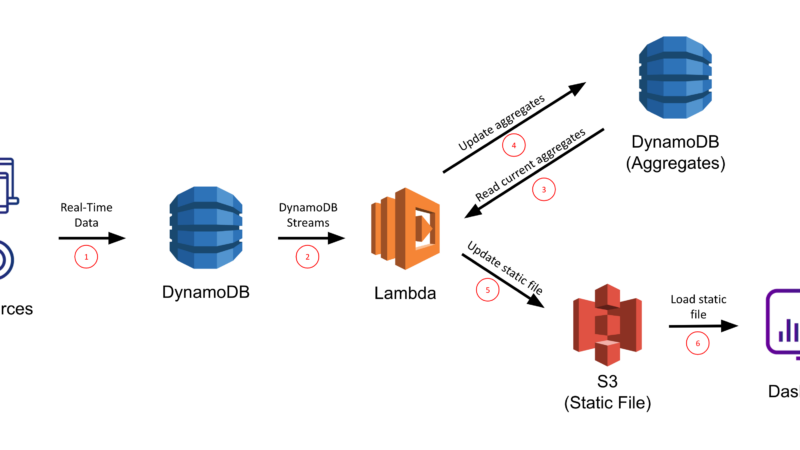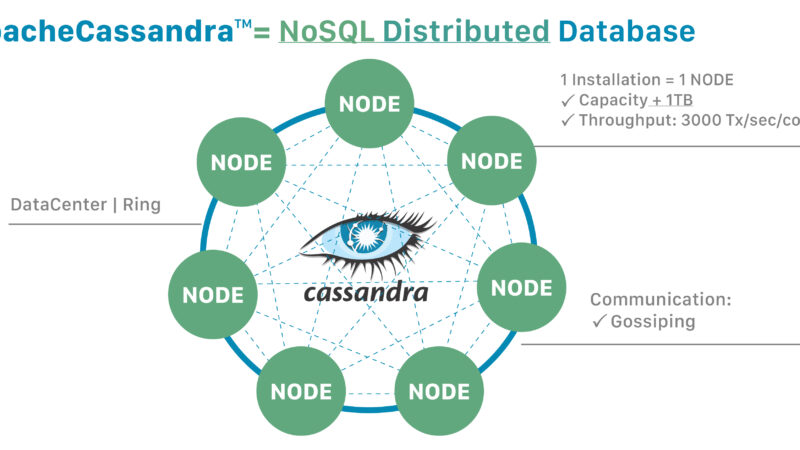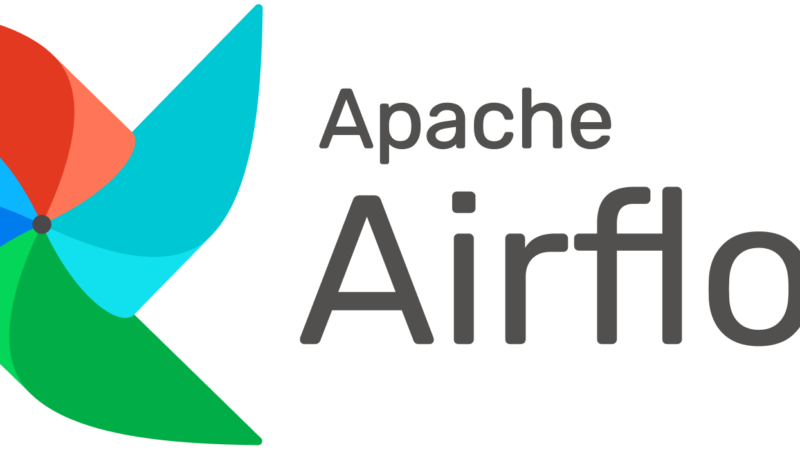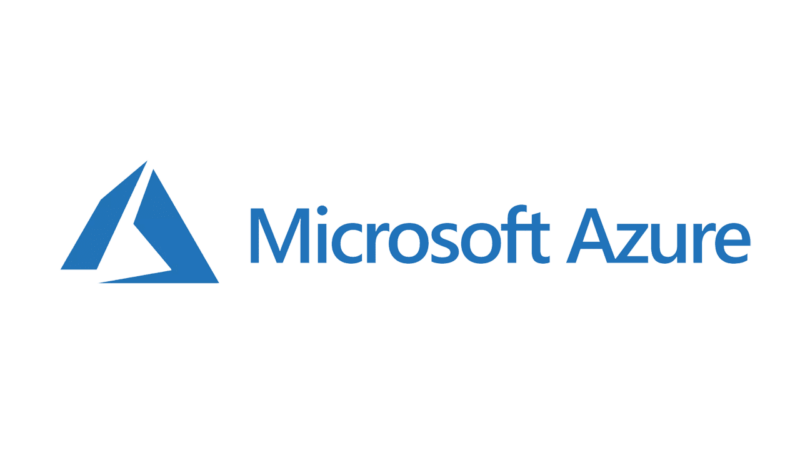Best apache spark interview questions for experienced candidates

If you are preparing for an interview that’s looking for an experienced Apache Spark expert, you have no choice but to prepare excellently. On one side, the panellists will be relatively tough on you to ensure you are as experienced as you claim. On the other hand, your competitors are also experienced, and it might be hard to outsmart them if you come in unprepared. These best Apache Spark interview questions for experienced candidates are a perfect place to start.
The questions prepare you for what to expect, whereas the answers ensure that you respond accordingly. Suppose you do so; your chances of clinching the job increase drastically. So, let’s look at them to help you join the big data industry as you wish.
What is Apache Spark?
Apache Spark is a framework for data processing characterized by flexibility, ease of use, and fast, among other positive qualities. This analytics engine is open-source and thus easily accessible at no cost. Its developers used 4 languages: Python, Java, Scala, and R. Its advanced execution engine supports in-memory computing and acyclic data flow.
It analyses queries fast regardless of the data size, thanks to its ability to execute them optimally and in-memory caching. There are several options for running it, including standalone, cloud, and Hadoop. As for the data sources, Apache Spark is compatible with Cassandra, HBase, and HDFS, to mention a few.
Define a YARN
Yarn is a significant feature of Spark, which provides a centralized resource management platform important during the delivery of scalable operations within a cluster. It is a distributed container manager similar to Mesos while Spark processes data. Like Hadoop Map Reduce, Spark can also run on YARN. However, one needs a Spark binary distribution per the YARN support to run Spark on YARN.
How is Spark better than MapReduce?
Spark has quite some benefits, including the following if you compare it with MapReduce
- Due to its overreliance on RAM, Spark is faster than MapReduce, usually 100 times faster than its counterpart. It is also worth mentioning that its speed is 10 times high when running on disk.
- Thanks to its relatively high speed, Apache Spark is more suitable for processing big data than MapReduce
- Spark has a job scheduler because of the in-memory data computation, unlike MapReduce, which makes you outsource external job schedulers
- Whereas Spark supports both real-time and batch processing, MapReduce only supports batch processing
- Spark is also a computation framework that exhibits low latency since it promotes caching and in-memory storage, and that’s a different case for MapReduce, which relies on disk translating to high latency.
- Retrieving data is easy and fast when using Spark because it is usually stored in the RAM. On the other hand, it might take quite some time to do so when using MapReduce, which stores data in Hadoop Distributed File System (HDFS)
If that’s how MapReduce falls short of glory, is it essential to learn it?
As much as Spark sounds way better than MapReduce, learning the latter is important. Its relevance increases as the data you are dealing with become bigger and bigger. It explains why even Apache Spark and other Big Data tools use the MapReduce paradigm. Other excellent examples are Hive and Pig, which achieves optimization by changing their queries to MapReduce phases.
Tell us more about the Apache Spark Module Responsible for SQL Implementation
It is none other than the Spark SQL responsible for integrating relational processing and its functional programming API. It facilitates querying data via the Hive Query Language or SQL. Prior knowledge in RDBMS makes it easy to transition to Spark SQL. You get an opportunity to extend the limits of conventional relational data processing.
Spark SQL has 4 libraries, SQL Service, Interpreter & Optimizer, DataFrame API, and Data Source API.
What can Spark SQL do?
Spark SQL capabilities include;
- It provides a rich integration between normal Scala, Java, or Python code and SQL. It also exposes SQL custom functions and joins SQL tables and RDDs.
- It also queries data through SQL statements either inside its program or from other external tools connecting to it. To do so, it uses ODBC or JDBC typical database connectors, and an excellent example is Tableau, a popular Business Intelligence tool.
- Spark SQL also loads data from various structured sources
Explain RDD in Apache Spark
RDD stands for Resilient Distributed Dataset, which represents data located on a network characterized by these features;
- Immutable: it is possible to produce an RDD from another RDD without altering the original one
- Parallel/Partitioned: The operation of data on RDD is parallel, and each operation is done through several nodes
- Resilience: In case a node fails while hosting a partition, another node will take up its data
Discuss the types of operations in RDD
They are two, namely, actions and transformations.
- Actions: It takes data from the RDD and brings it back to the local machine. Their execution led to the transformations’ created. Examples include;
- take(); As the name suggests, it takes the various values from RDD to the local node
- reduce(); It involves a function with two arguments but returns a single value. The action will execute such a function that must be executed repeatedly until it returns that one value.
- Transformers: Their name gives a rough idea of what they do. These functions are responsible for creating an RDD from another RDD. An action has to be executed for a transformation to occur. Examples include;
- filter(): It picks the elements of a certain RDD and passes it to the function argument to create another RDD
- map(): Once the function is passed, it applies the elements picked, leading to a new RDD
Which use cases illustrate how Sparks processes better than Hadoop?
Examples include;
- Big data processing; Whether you are dealing with large or medium-sized datasets, Spark will process them faster than Hadoop by about 100 times
- Real-time processing; Spark is also a better choice for telecommunications, healthcare, banking, stock market analysis, and other areas requiring real-time processing.
- Sensor data processing; If you have to choose between Spark and Hadoop for sensor data processing, do not hesitate to choose the former. It has in-memory computing ideal for retrieving and combining data from various sources.
- Stream processing; If you want alerts during live streaming, go for Apache Spark. Why not when it is appropriate if you want to detect fraud and process logs?
Tell us about the various cluster managers in Apache Spark
Its framework supports three types which are;
- YARN cluster manager: Its role is to manage resources in Hadoop
- Apache Mesos cluster manager: It is quite general and often used since it runs applications such as the Hadoop MapReduce
- Standalone cluster manager: It is basic and applies when setting up a cluster
What are the key features of Spark?
They are as follows;
- Speed: It is no secret that Spark is faster than Hadoop MapReduce by 100 times when processing large-scale data. That’s due to its ability to carry out controlled partitioning. This data management via those partitions allows parallel distributed data processing and manageable network traffic.
- Lazy evaluation: It is yet another reason why Spark is relatively fast. It ensures that an evaluation doesn’t occur unless it is necessary. For instance, it will add transformations to the computation DAG, but its execution only occurs after data requests by the driver.
- Hadoop integration: Its seamless compatibility with Hadoop is worth mentioning. Therefore, if a Big Data engineer starts with Hadoop will have an easy time using Apache Spark. Besides, Spark has what it takes to replace the Hadoop MapReduce functions. Thanks to YARN’s ideal resource scheduling, Spark can run on a Hadoop cluster without failure or issues.
- Polyglot: Spark has high-level APIs compatible with R, Python, Scala, and Java. Therefore, a developer is at liberty to write its code in one of the four languages. There is a shell in Python and Scala that can be accessed from the installed data through ./bin/pyspark and ./bin/spark-shell, respectively.
- Multiple Formats: It also supports several data sources, including Cassandra, Hive, JSON, and Parquet. Thanks to the data sources API, one can access structured data using Spark SQL. The data sources aren’t limited to simple pipes responsible for converting data and pulling it into Apache Spark.
- Real-time computation: Spark uses in-memory computation, which explains why it has less latency and is also real-time. The documentation shows how to run a production cluster with several computational models and thousands of nodes. It shows how scalable Apache Spark is.
- Machine learning: Machine learning is a game changer when processing big data. Fortunately, Spark has such a component, MLlib, that’s crucial whenever such processing occurs. It is also fast yet easy to use. Data scientists and engineers appreciate this engine since it is unified and powerful.
- Dynamic: Thanks to Spark, parallel applications are easy to develop using its high-level operators, around 80.
- Reusability: if you want to run many queries, data streaming, or batch processing, it is possible to reuse your Spark codes
- Stream Processing: This is a plus for someone familiar with the MapReduce framework since it only processes existing data. However, that’s no longer something to worry about because Sparks supports it in real-time.
- Fault tolerance: RDD plays a huge part in fault tolerance. Effective handling of worker node failures prevents any data loss under such circumstances.
- Cost efficiency. Whether processing or replicating data, Apache Spark is quite cost-effective. On the other hand, Hadoop may not be so since it needs data centres and large storage when undertaking such activities.
- Multiple languages support: Hadoop only uses Java which is a limitation when developing an application. However, Spark eliminates this limitation by supporting several languages, such as Java, Python, Scala, and R. The bottom line is that it is dynamic.
- Spark GraphX support: Whether it is the machine learning libraries, Spark SQL, or executing graph parallel, Apache Spark won’t disappoint.
- Active community: It explains why Spark is Apache’s most important project. It is continuously growing thanks to its large base of always-involved developers.
Define a Parquet file and state its advantages
First, Parquet is a format, columnar, and multiple data processing systems support it. The Parquet file allows Spark to perform read or write operations depending on the situation demands.
Its advantages include;
- Supporting limited I/O (Input/Output) operations
- Following encoding, that’s type-specific
- Consuming less space
- Enabling one to fetch certain columns to gain access
Tell us about the functionalities that Spark Core supports
Spark Core is an engine ideal for processing large data sets that can be parallel or distributed. It supports various functionalities, including;
- Task dispatch
- Fault recovery
- Memory management
- Jobs scheduling and monitoring
Name some examples of Spark Ecosystems
- SQL developers use Spark SQL(Shark)
- Spark Streaming supports streaming data
- MLLib is suitable for machine learning algorithms
- GraphX is ideal for Graph computation
- SparkR promotes running R on the Spark engine,
- BlinkDB enables interactive queries when querying massive data
It is important to note that some of them, including BlinkDB, SparkR, and GraphX, are in their incubation stage.
Which file systems does Spark support?
They are several, including but not limited to
- Cassandra
- HBase
- Amazon S3
- Local file system
- Hadoop Distributed File System (HDFS)
What are the two main types of RDDS?
- Hadoop datasets which perform a functin on every file in a storage system such as HDFS
- Parallelized collections which are the existing RDDs and run parallel with each other
Define partitions in the context of Apache Spark
It is an idea that traces back to the Map-reduce(split), and as the name suggests, it involves dividing data logically. The purpose is the speed up the process and promote scalability since it means working with small portions of data. RDD partitions input, intermediate and output data.
For you to partition data, you will use the map-reduce API. Creating the number of partitions is usually through the input format. The block size is usually the default partition size to promote excellent performance. That said and done, you are at liberty to change that default size.




